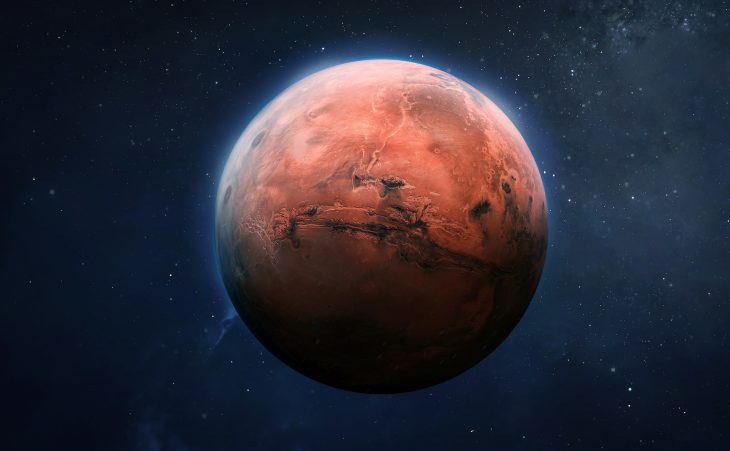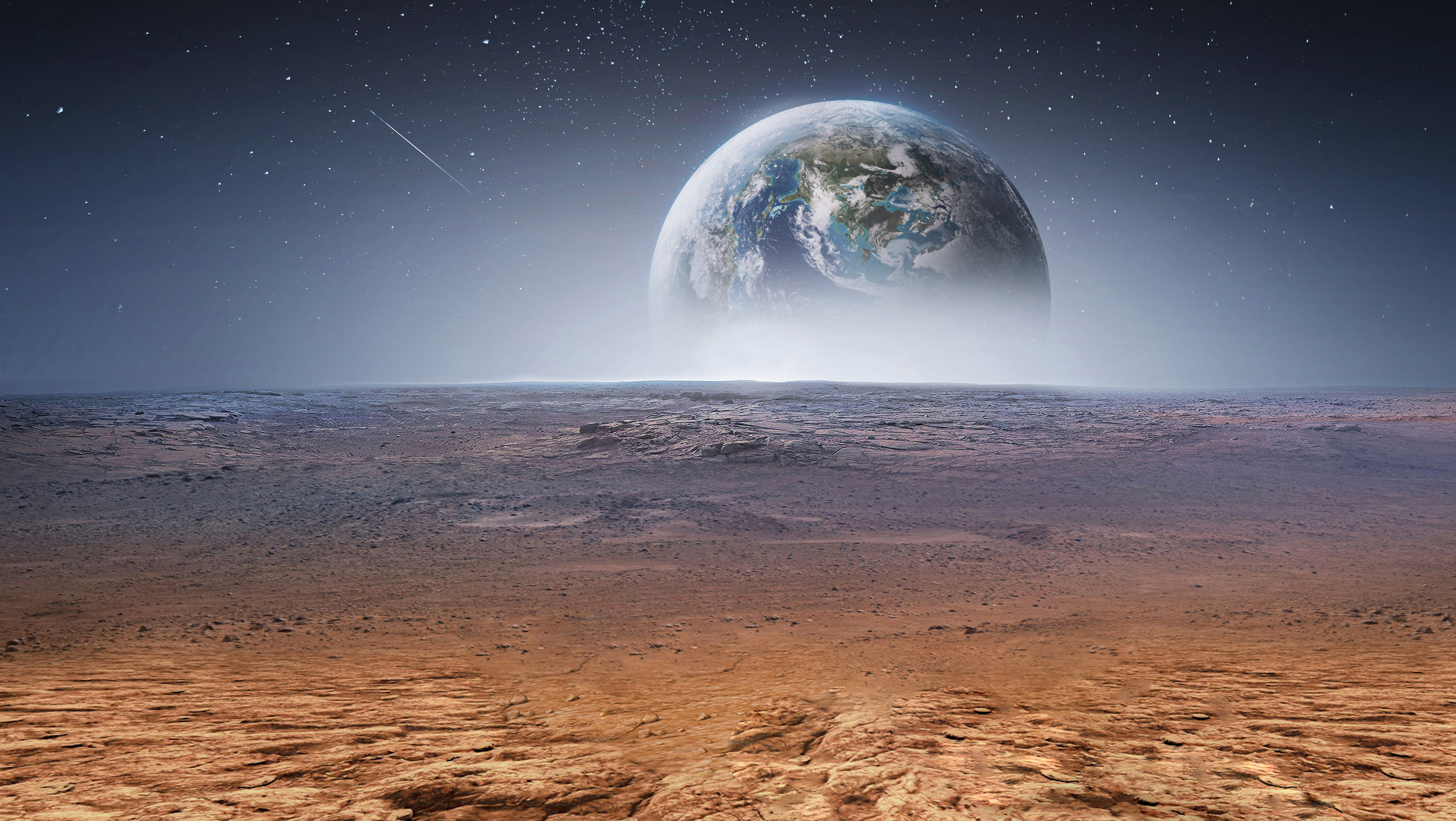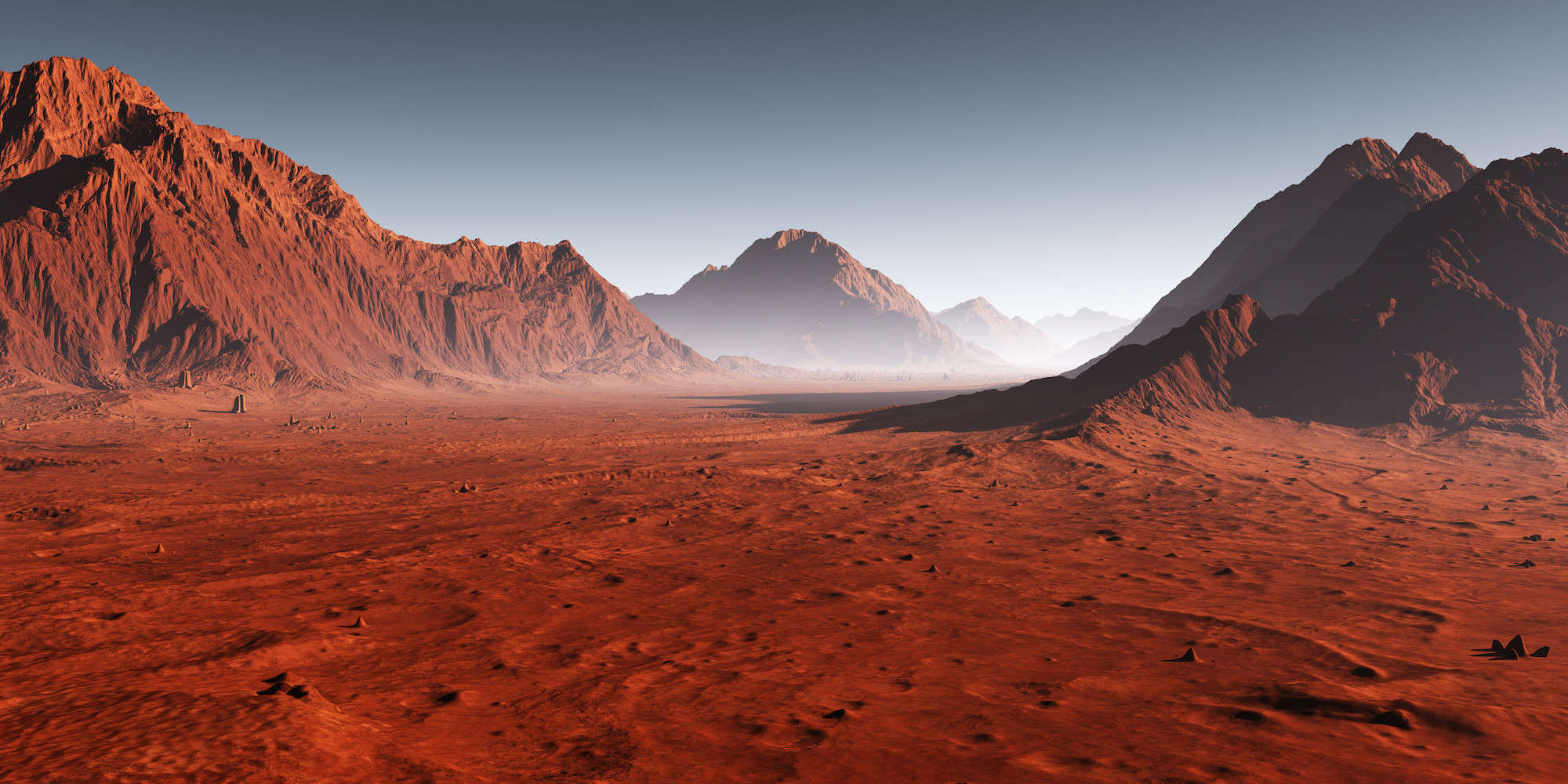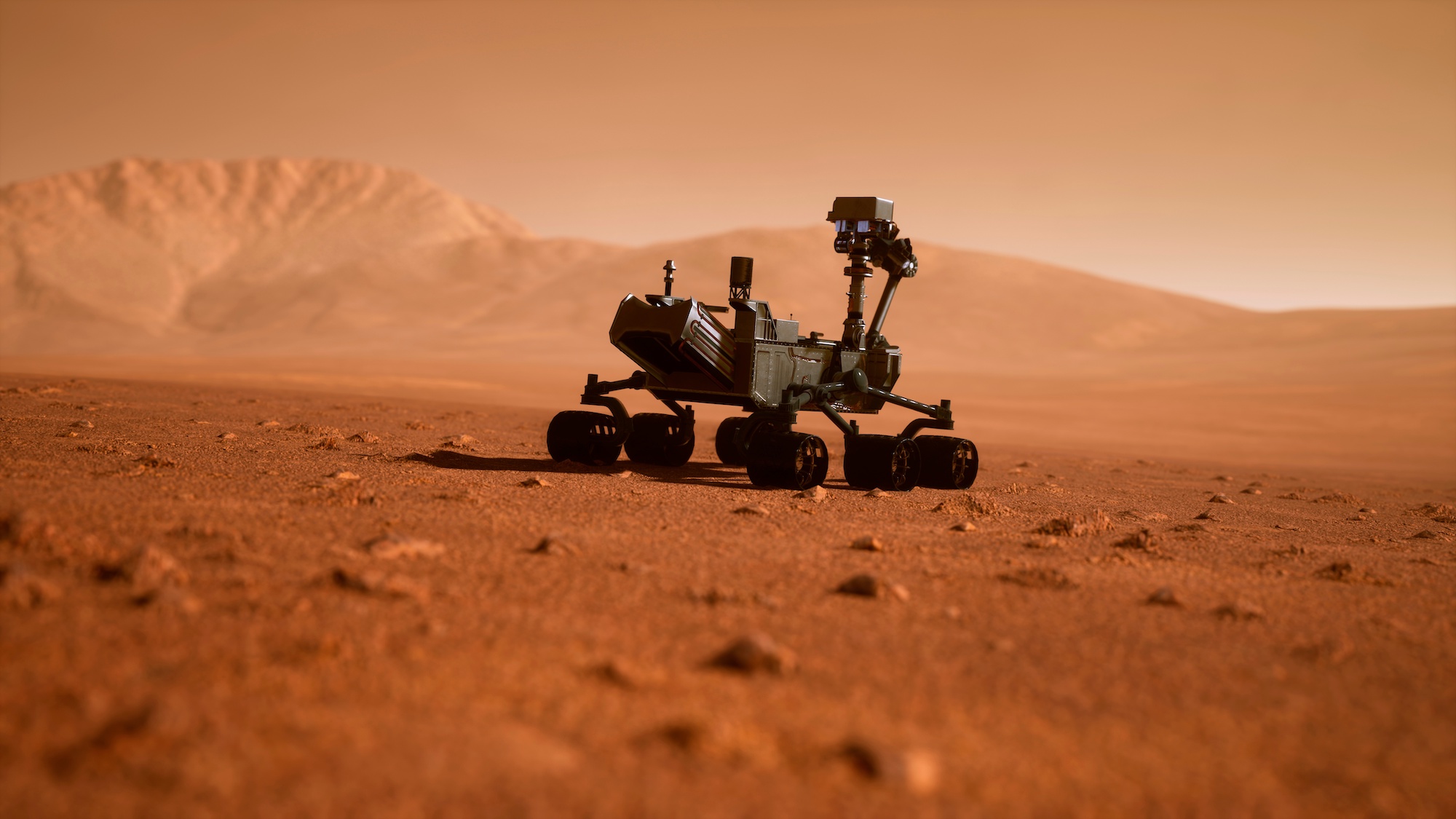
Ready to explore the final frontier? A trip to Mars may not be possible anytime soon, but you can still get a head start on your interplanetary adventures with these 29 fascinating facts about the mysterious Red Planet. From its ancient origins to modern-day scientific discoveries, Mars has always captivated humankind—and these amazing insights will give you a glimpse of why. So buckle up for an interstellar journey through time and space—it’s time to blast off to explore all that Mars has in store!
Mars is Often Visible from Earth
If you’ve ever gazed at the night sky and noticed a distinctly red point of light, you were probably looking at Mars. Despite being over 140 million miles away from Earth, Mars is often visible to the naked eye thanks to its reflective atmosphere and close proximity to Earth relative to other planets.
Distance from the Sun
Mars is the fourth planet from the sun. On average, Mars is about 142 million miles (228 million kilometers) away from the Sun.
Mars Is Named After the Roman God of War
The planet got its name from the Romans, who named it after their god of war because of its red, blood-like color. Other civilizations also named this planet from this attribute; for example, the Egyptians named it “Her Desher,” meaning “the red one.
Mars Has the Tallest Mountain in the Solar System
Olympus Mons, a shield volcano, is the tallest mountain on any of the planets in our solar system. Standing 13.6 miles (22 kilometers) high, it is nearly three times the height of Mount Everest, which is about 5.5 miles (8.9 kilometers) high.
The Grand Canyon of Mars
Mars is home to Valles Marineris, one of the largest canyons in the solar system. The canyon system stretches over 2,500 miles (4,000 kilometers) long, making it ten times longer than Earth’s Grand Canyon.
Mars Has Two Moons
Unlike Earth, Mars has two moons: Phobos and Deimos. Both are much smaller than our moon, and they are named after the horses that pulled the chariot of the Greek war god Ares, the counterpart to the Roman war god Mars.
The Thin Martian Atmosphere
Mars’ atmosphere is very thin compared to Earth’s and is composed mostly of carbon dioxide, with traces of nitrogen and argon. This thin atmosphere is incapable of retaining heat, leading to some quite chilly temperatures.

Extreme Temperatures on Mars
Mars experiences some of the most extreme temperature fluctuations in the solar system, with temperatures ranging from a warm 70 degrees Fahrenheit (20 degrees Celsius) during the day to a frigid -225 degrees Fahrenheit (-153 degrees Celsius) at night. This is due to the planet’s thin atmosphere, which is incapable of retaining heat.
The Length of a Martian Day
A day on Mars—known as a “sol”—is very similar to a day on Earth. A Martian sol lasts 24 hours and 39 minutes, which is just a little over our 24-hour day.
The Martian Year
While Mars’ day might be close to ours, its year certainly isn’t. It takes Mars about 687 Earth days to orbit the Sun. This is almost twice as long as Earth’s 365-day year.
The Tilt of Mars
Much like Earth, Mars also has a tilted axis. In fact, Mars’ axial tilt is 25.19 degrees, which is very close to Earth’s tilt of 23.5 degrees. This tilt is responsible for Mars’ seasonal variations.
Mars’ Seasonal Changes
Thanks to its tilted axis, Mars experiences four seasons like Earth. However, due to Mars’ longer year, these seasons last about twice as long as ours.
The Color of the Martian Sky
While we have blue skies on Earth, Mars boasts of pink or even orange skies. This is because the fine dust in the Martian atmosphere absorbs blue light and scatters the warmer colors—much the opposite of what happens on Earth.
Mars’ Iron Core
Mars has a dense core consisting of iron, nickel, and sulfur. Scientists believe this core is why Mars has a weak magnetic field.
Mars’ Magnetic Field
Unlike Earth, Mars does not have a global magnetic field, which could be one of the reasons it has a much thinner atmosphere. However, parts of the Martian crust are magnetized, indicating that it once had a global magnetic field like Earth’s.

Mars and Meteorites
Scientists have found tiny traces of Martian atmosphere within meteorites violently ejected from Mars, then orbiting the solar system amongst galactic debris for millions of years, before crash landing on Earth. This allowed scientists to begin studying Mars prior to launching space missions.
Martian Soil
The soil on Mars, also known as Martian regolith, contains nutrients found in soil on Earth, which has led scientists to believe that some form of life could survive there.
Liquid Water on Mars
For years, scientists believed Mars to be a dry planet. However, recent discoveries suggest that liquid water might flow intermittently on the planet’s surface.
Polar Ice Caps
Mars has polar ice caps made from water and carbon dioxide. This is similar to Earth’s polar ice caps, which are made of water. The Martian northern cap is the larger of the two.
Methane on Mars
Methane has been detected in the Martian atmosphere with its presence suggesting that there could be life on Mars. On Earth, methane is produced by living organisms, or by geological processes.
Dust Storms
Mars is known for its large, swirling dust storms. These storms can last for months and cover the entire planet. The dust from these storms has been found on the solar panels of exploration rovers, reducing their efficiency.
Martian Winds
Mars has very strong winds. In fact, the wind on Mars can reach speeds of up to 60 miles per hour (97 kilometers per hour) in the most extreme cases.

Atmospheric Pressure
The atmospheric pressure on Mars is much less than that on Earth. This means that liquid water can’t exist for long on the Martian surface.
Mars’ Atmosphere Could Support Life — in the Past
Many scientists believe that Mars once had a denser atmosphere that could have supported the existence of liquid water—and possibly even life—on its surface. Over time, Mars’ atmosphere has been stripped away by solar wind.
Gravity on Mars
The gravitational pull on Mars is only 38% of that on Earth. So, if you weighed 100 pounds (45 kg) on Earth, you would weigh only 38 pounds (17 kg) on Mars.
Mars Was Once Believed to Be Inhabited by Intelligent Life
In the late 19th and early 20th centuries, some astronomers believed they could see a network of long, straight canals on Mars, indicating the presence of intelligent life. This turned out to be an optical illusion.
Mars Has Been Visited by Dozens of Spacecraft
Since the 1960s, Mars has been the target of numerous spacecraft missions, including both orbiters and landers. These missions have greatly increased our understanding of the planet.
Mars’ Surface is Similar to Both Earth and the Moon
Mars’ surface features both resemble the craters of the Moon and the volcanoes, valleys, deserts, and polar ice caps of Earth.
It’s Not Known If Life Ever Existed On Mars
Scientists believe conditions on Mars were once favorable for microbial life. However, it’s not known if life ever did develop on Mars.
Conclusion
As humans, our curiosity for space and what lies beyond the stars has never been lacking. While a physical journey to Mars is still far off in the future, understanding our cosmic neighbor through knowledge and facts can bring us closer to it. Entranced by its awe-inspiring beauty and captivated by its secrets, uncovering incredible knowledge about Mars has allowed us to find moments of joy even in the depths of a pandemic. Mars reminds us that no matter how dark or overwhelming things may seem, there is always something magnificent out there waiting to be discovered; preparations for our great journey off-world should begin now, so that one day we can close this chapter in our exploration of space and take that much sought after next step into outer space!
Was this page helpful?
Our commitment to delivering trustworthy and engaging content is at the heart of what we do. Each fact on our site is contributed by real users like you, bringing a wealth of diverse insights and information. To ensure the highest standards of accuracy and reliability, our dedicated editors meticulously review each submission. This process guarantees that the facts we share are not only fascinating but also credible. Trust in our commitment to quality and authenticity as you explore and learn with us.
